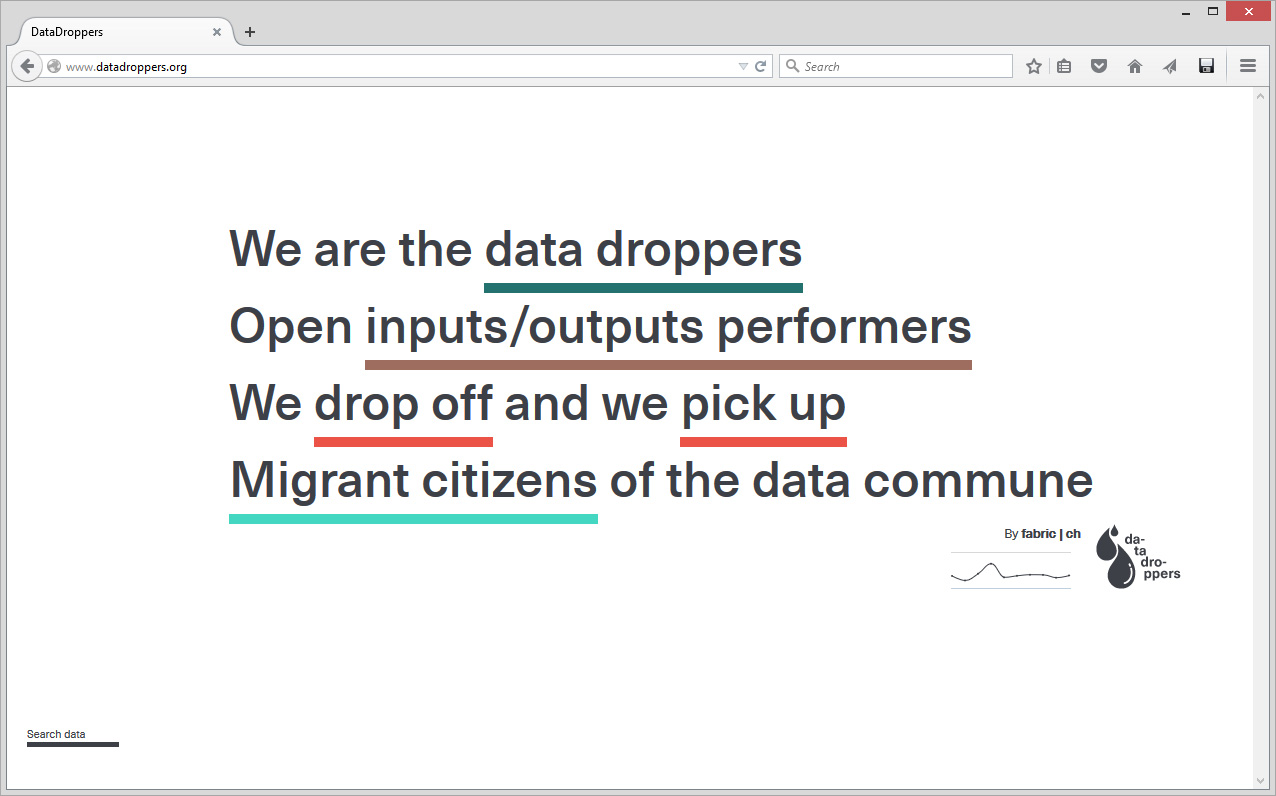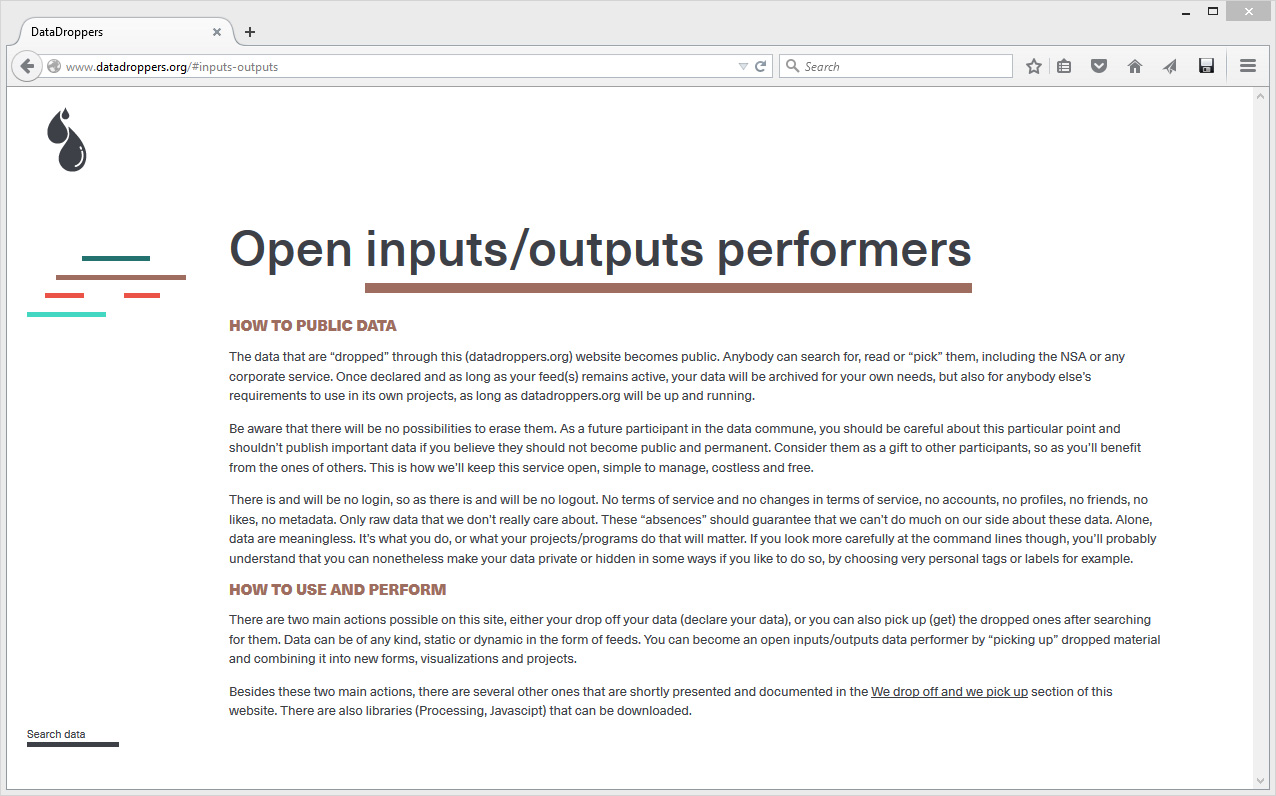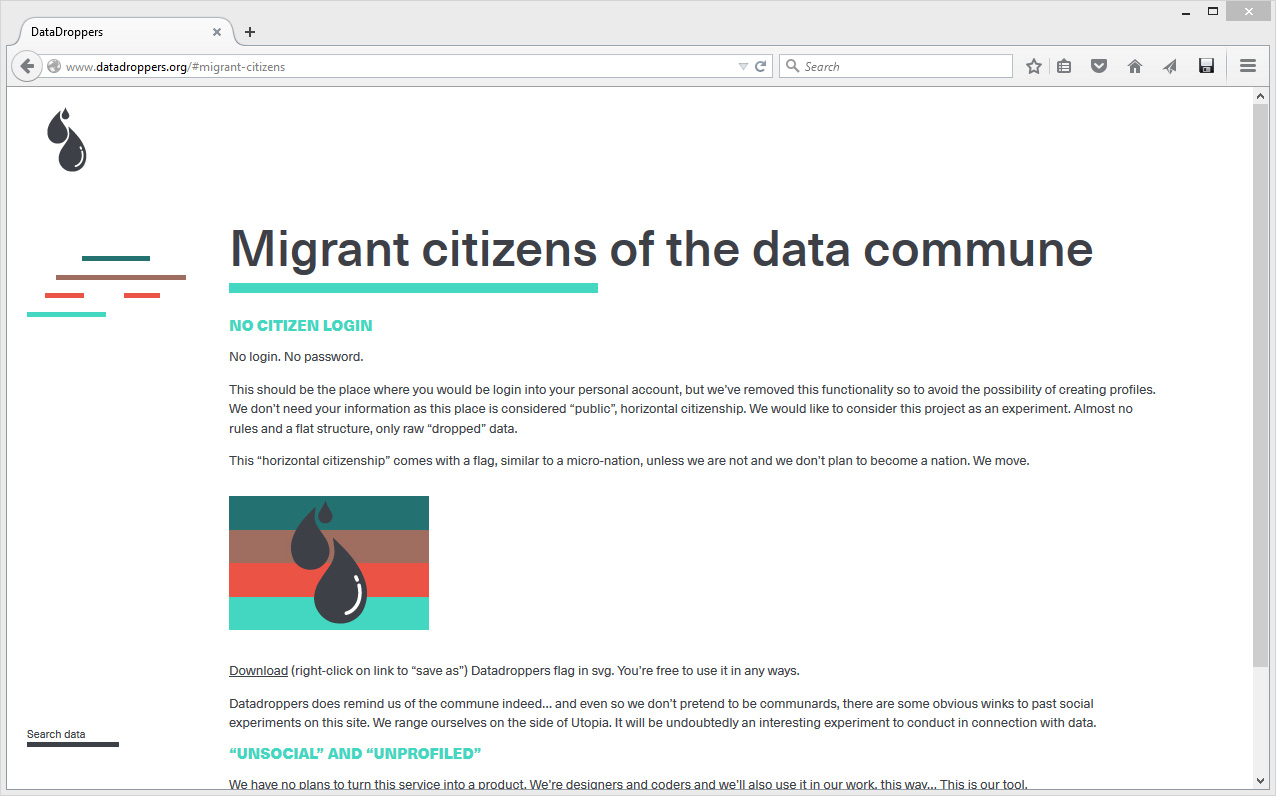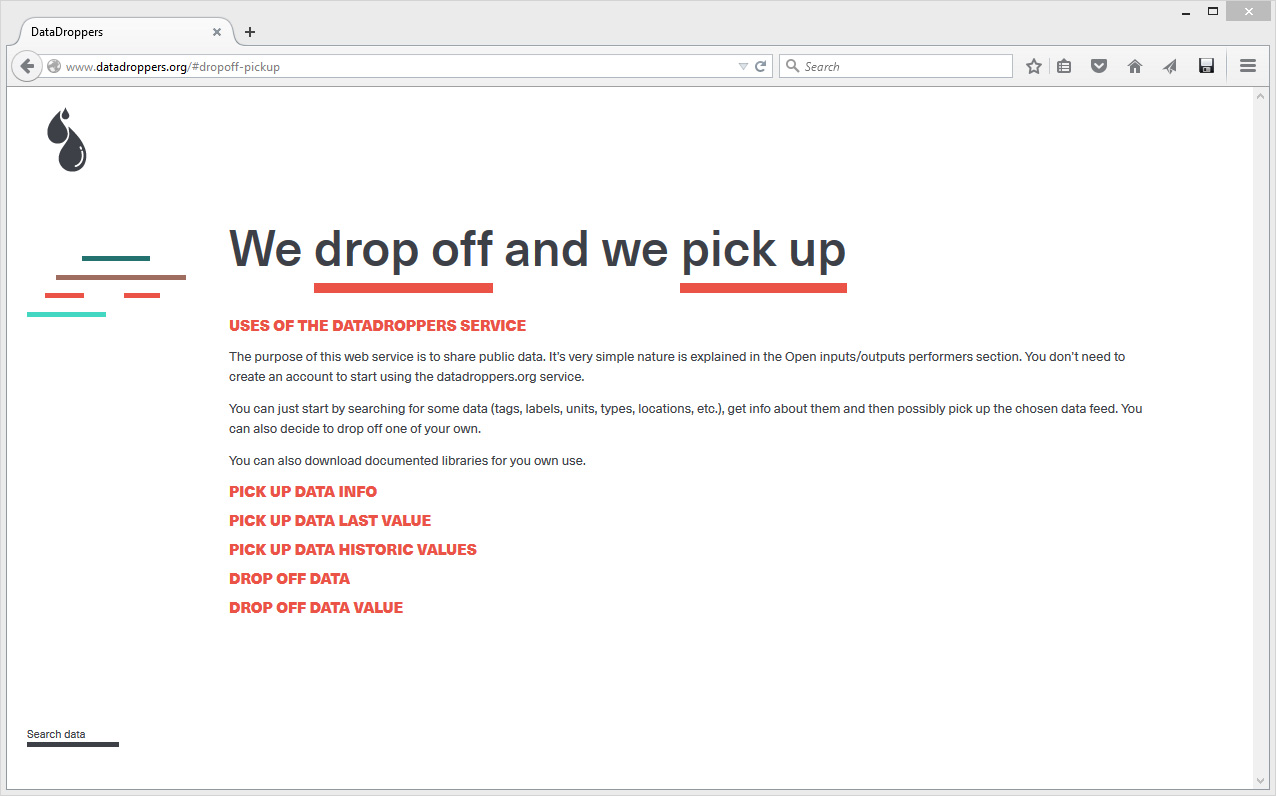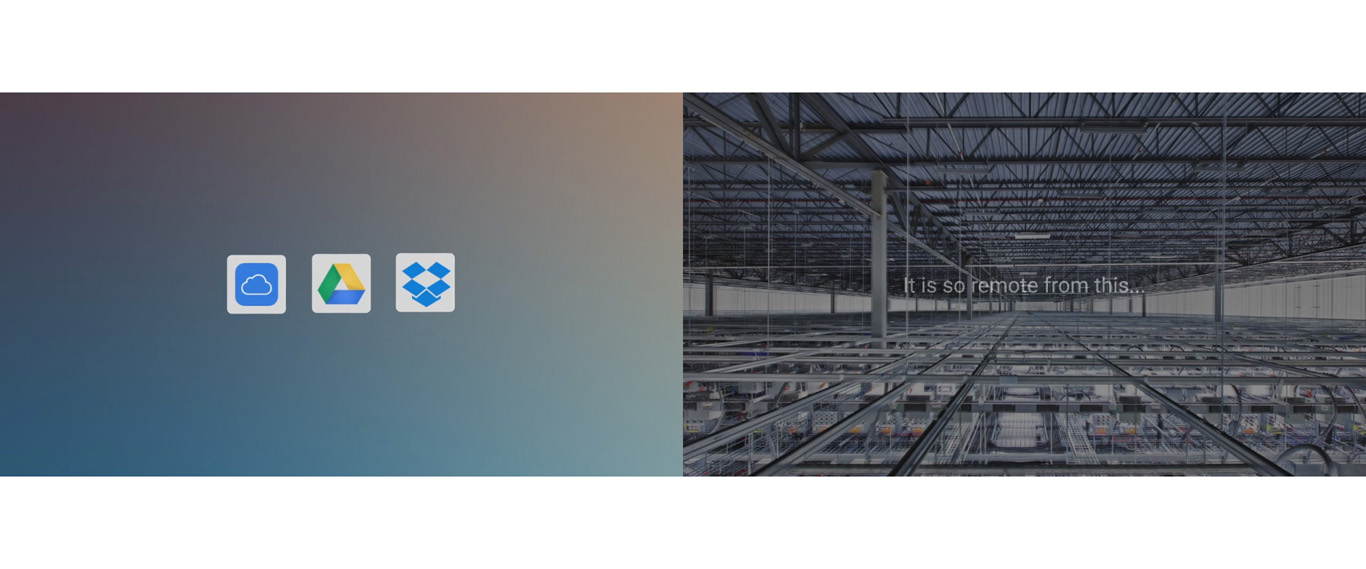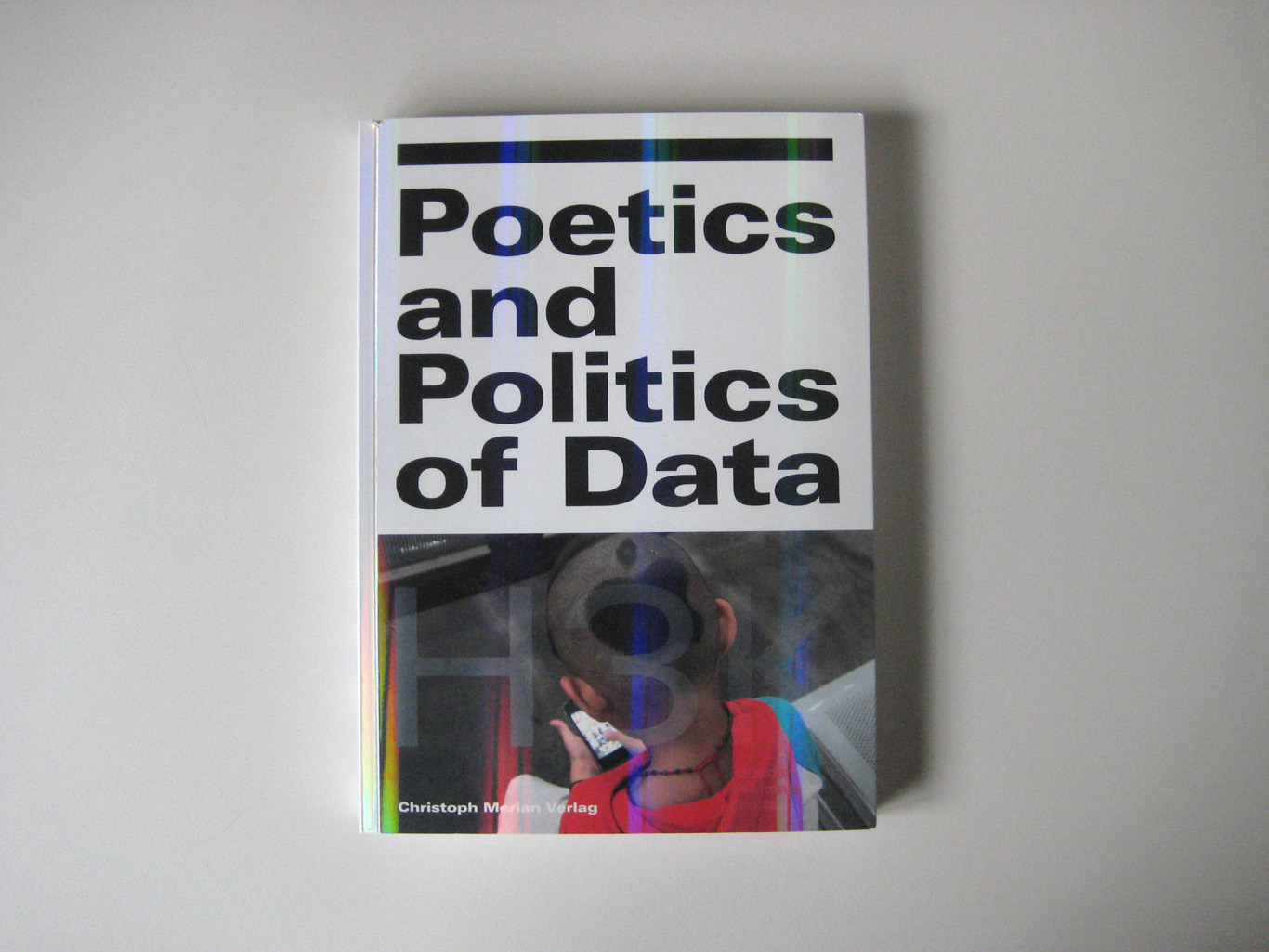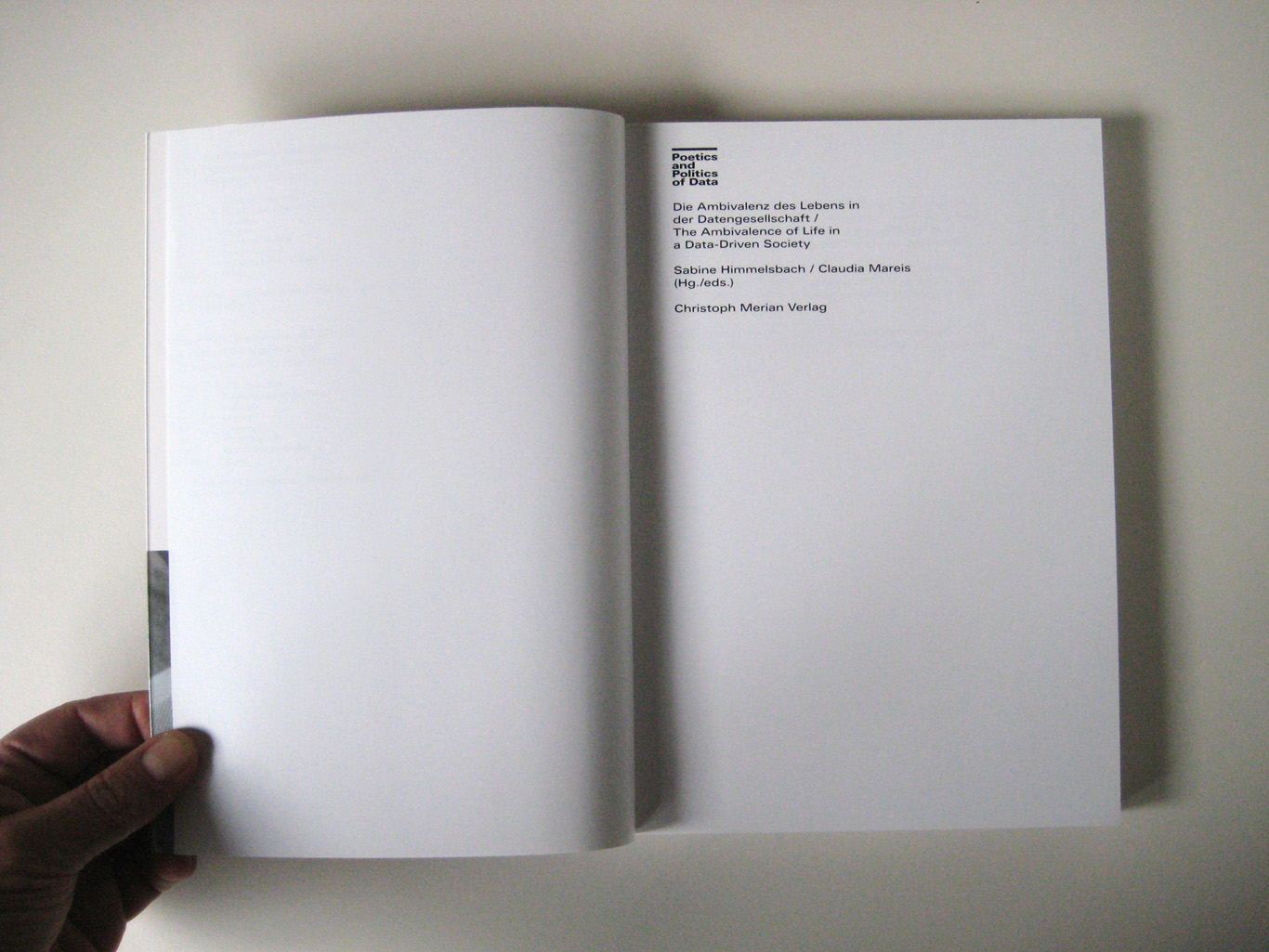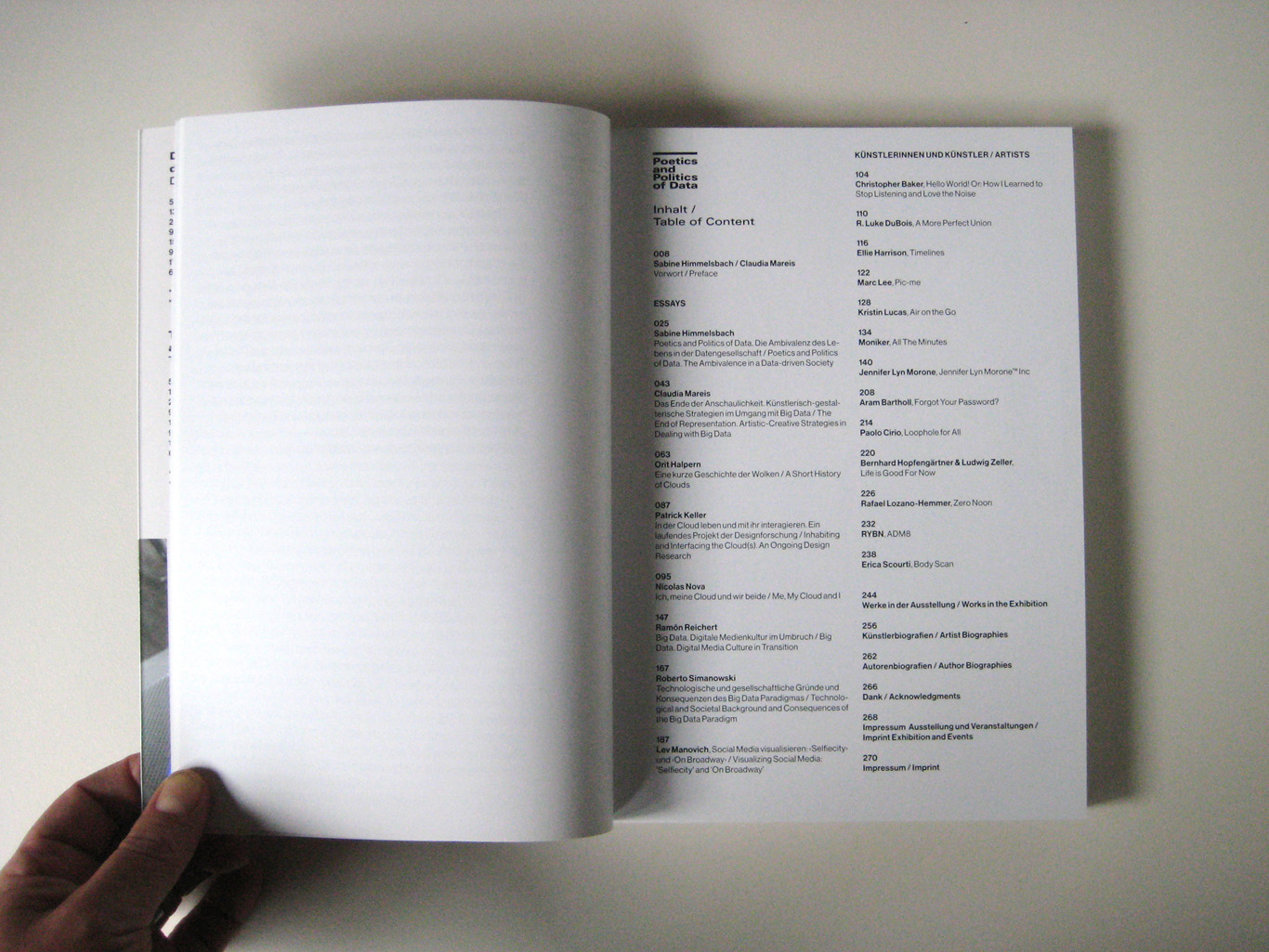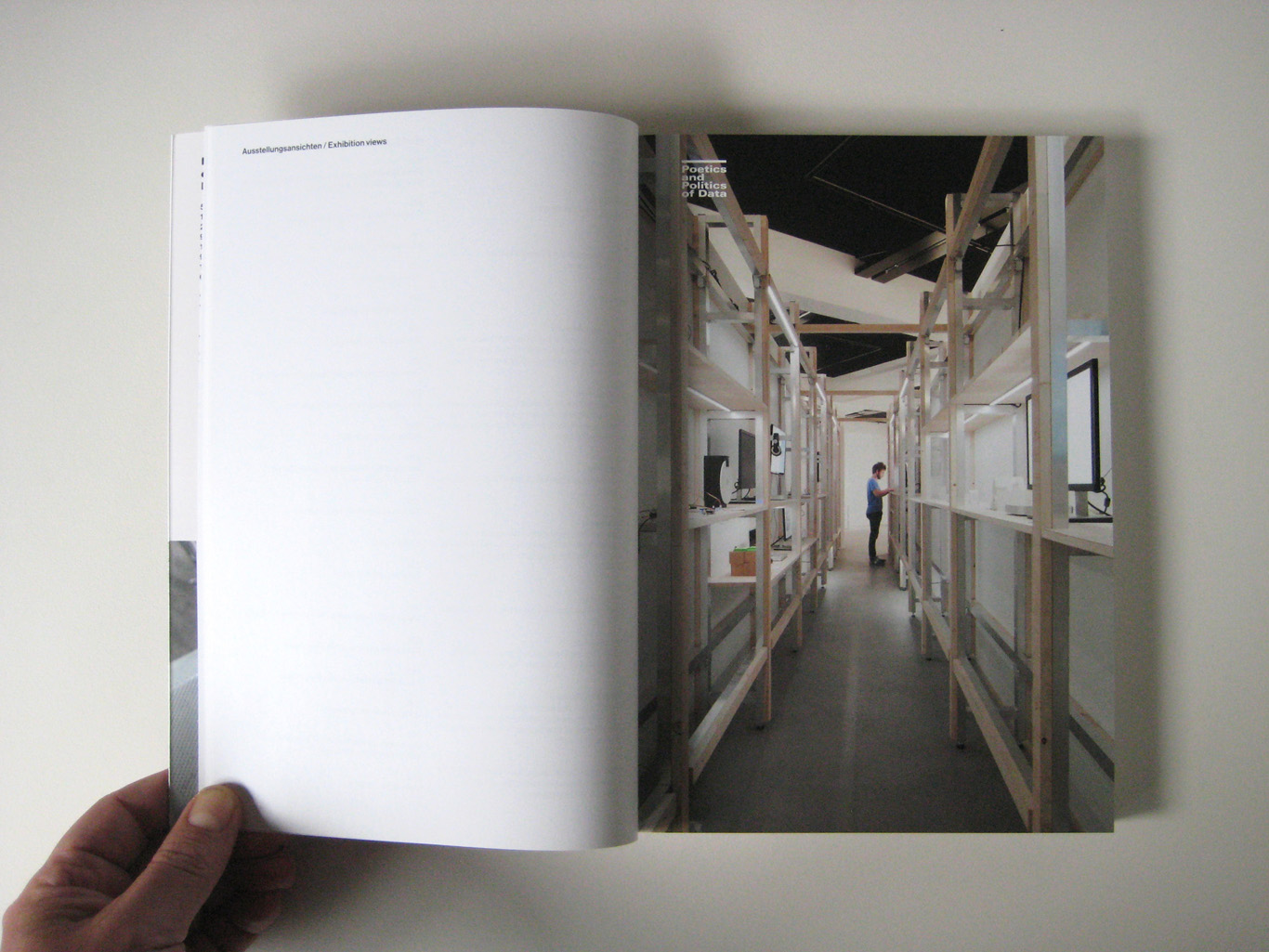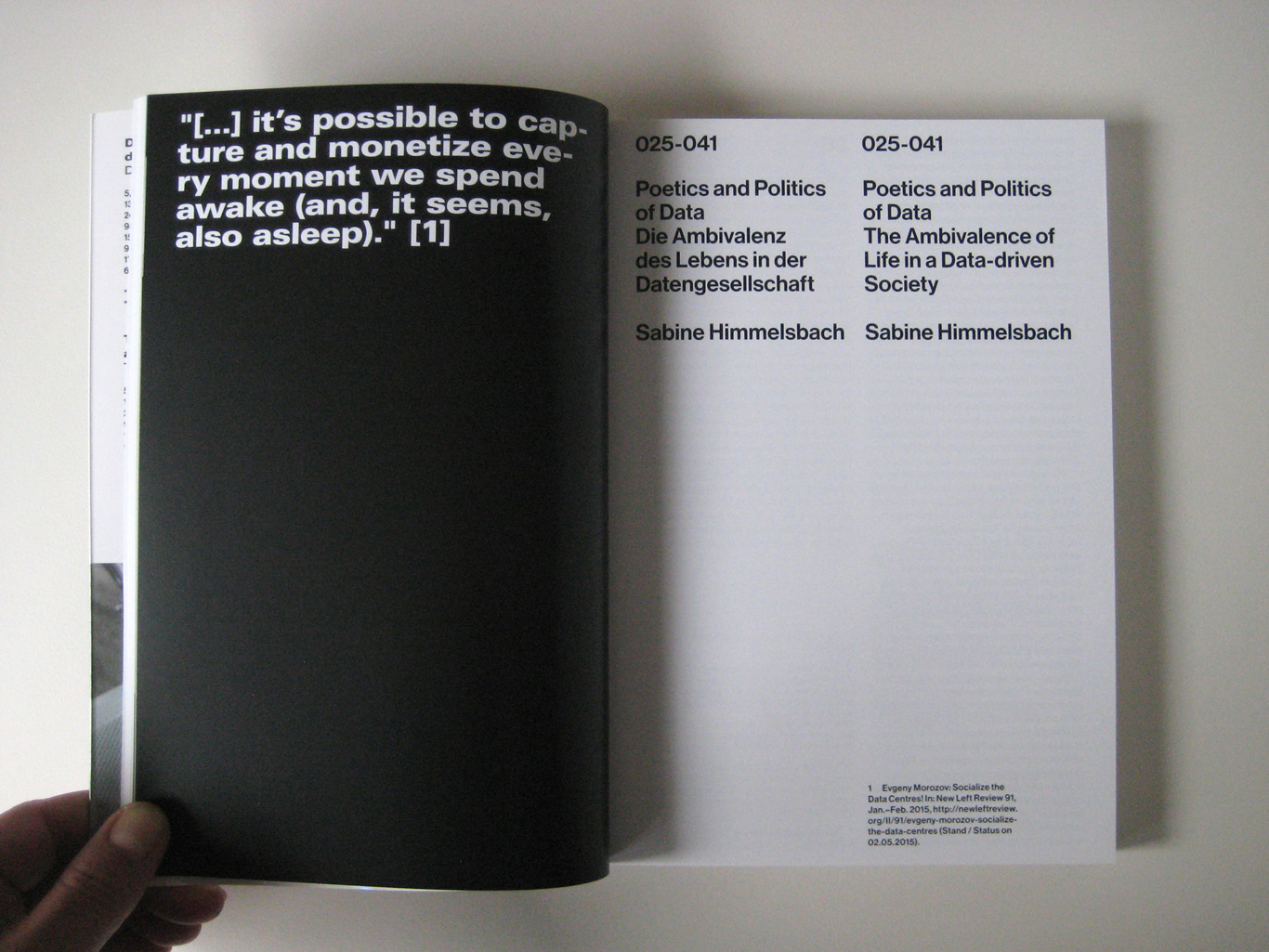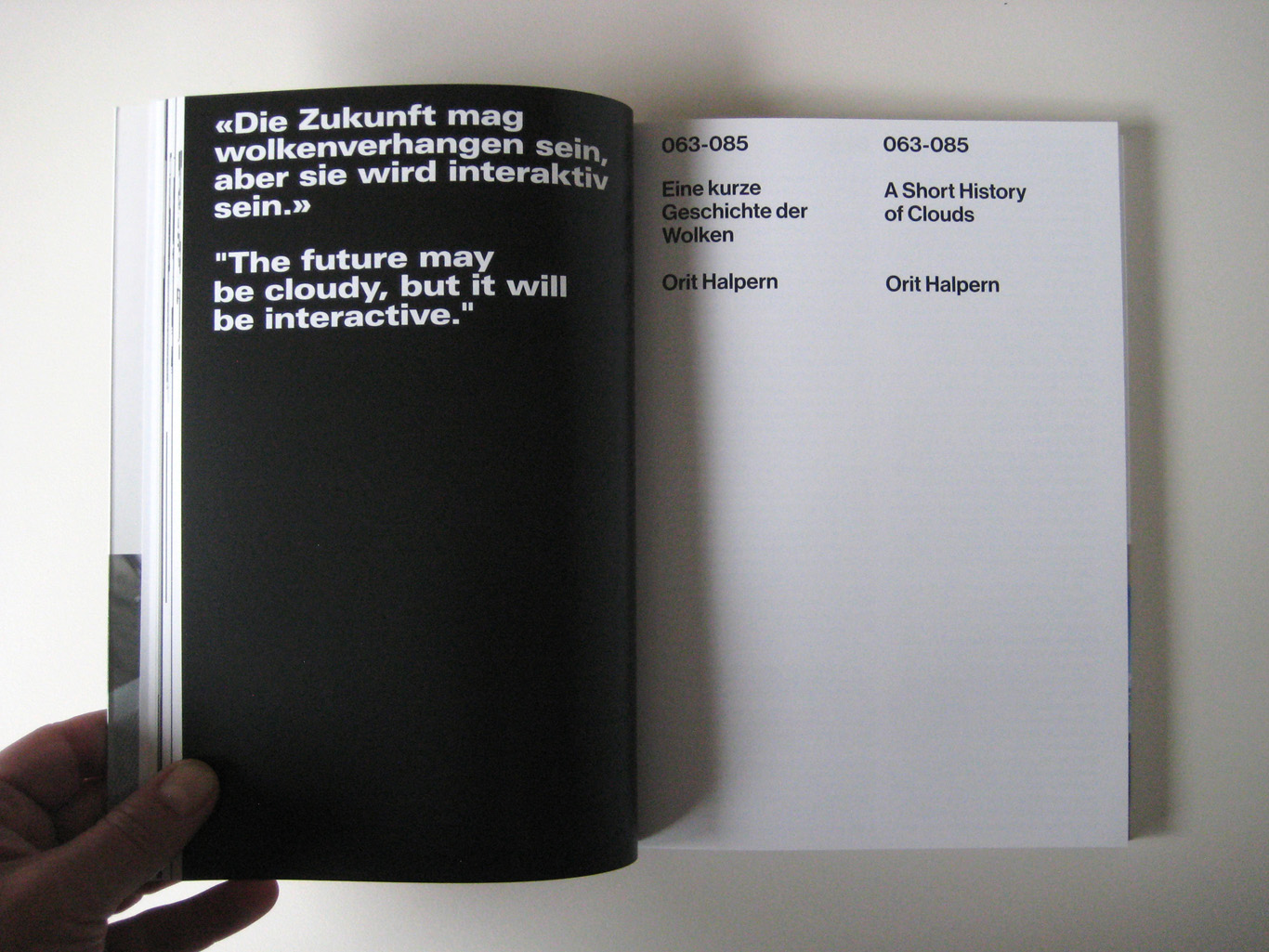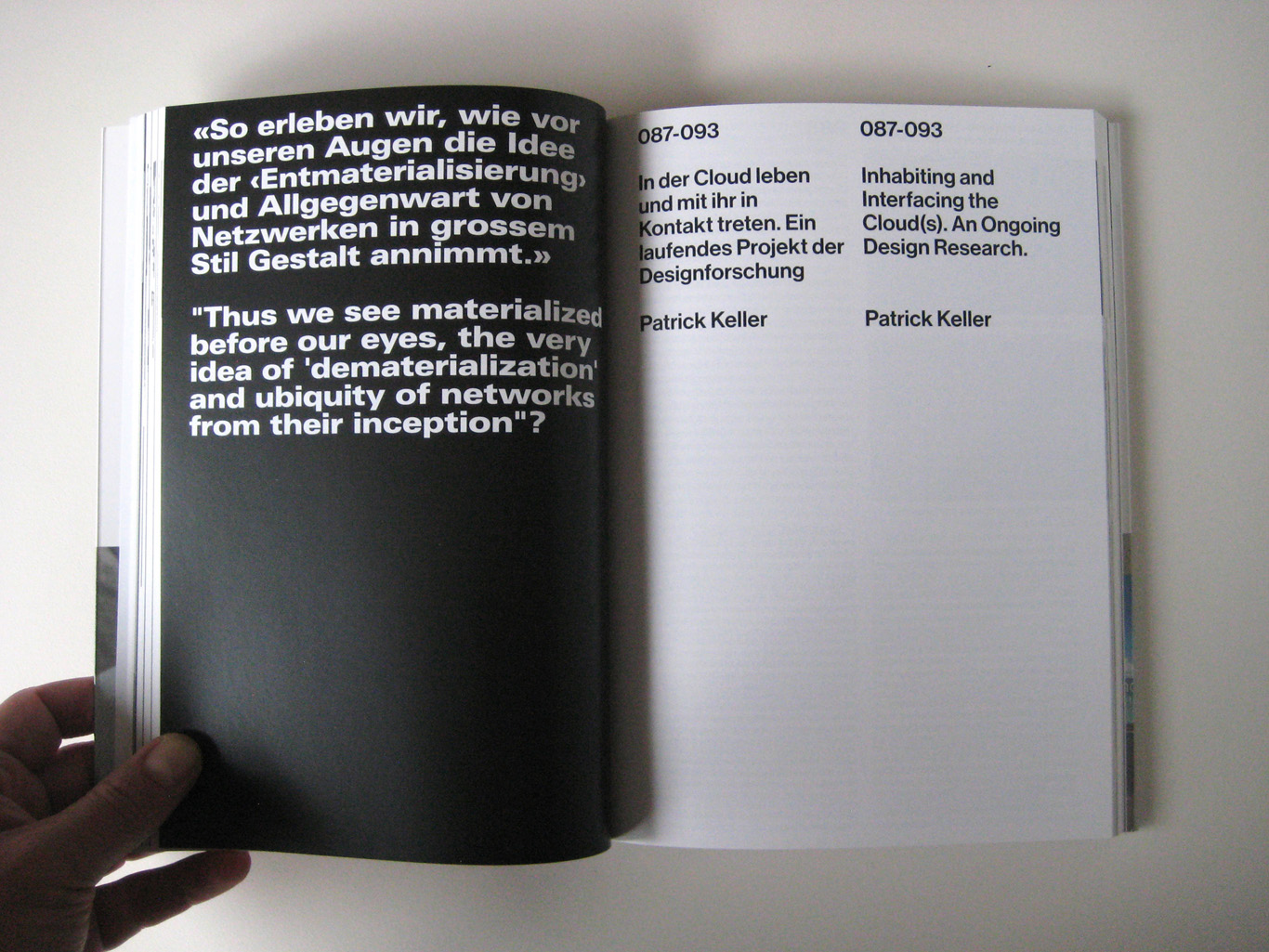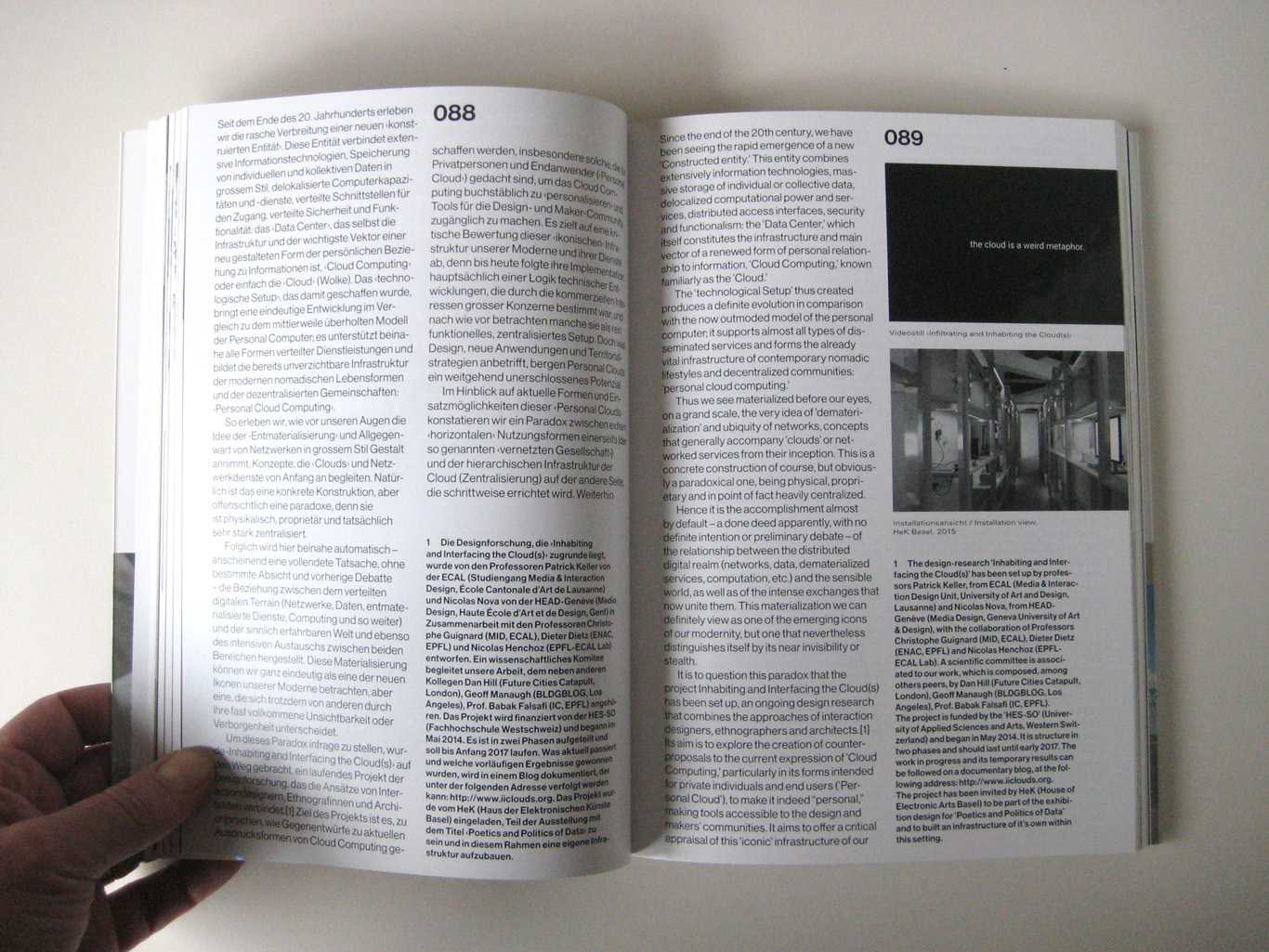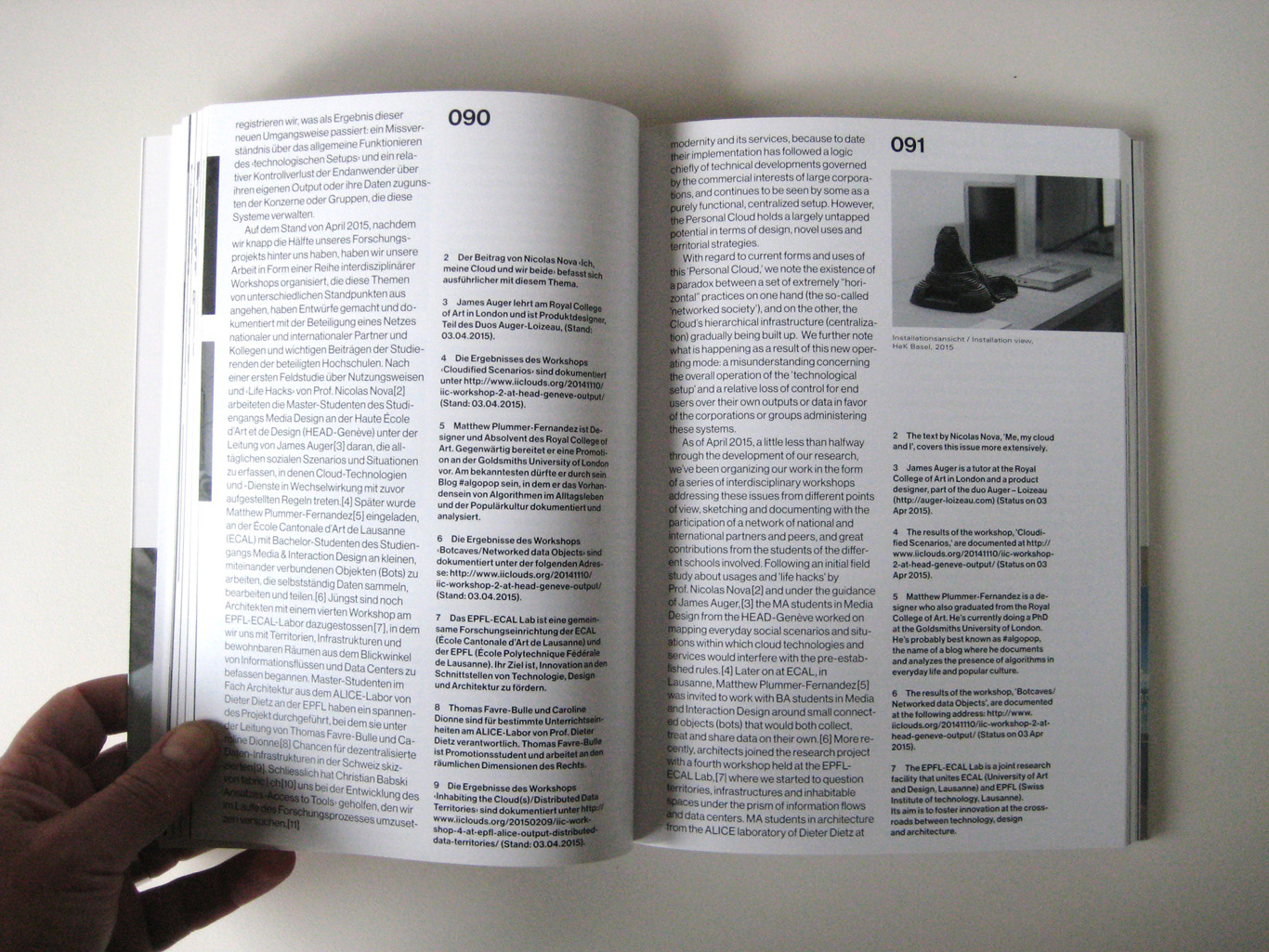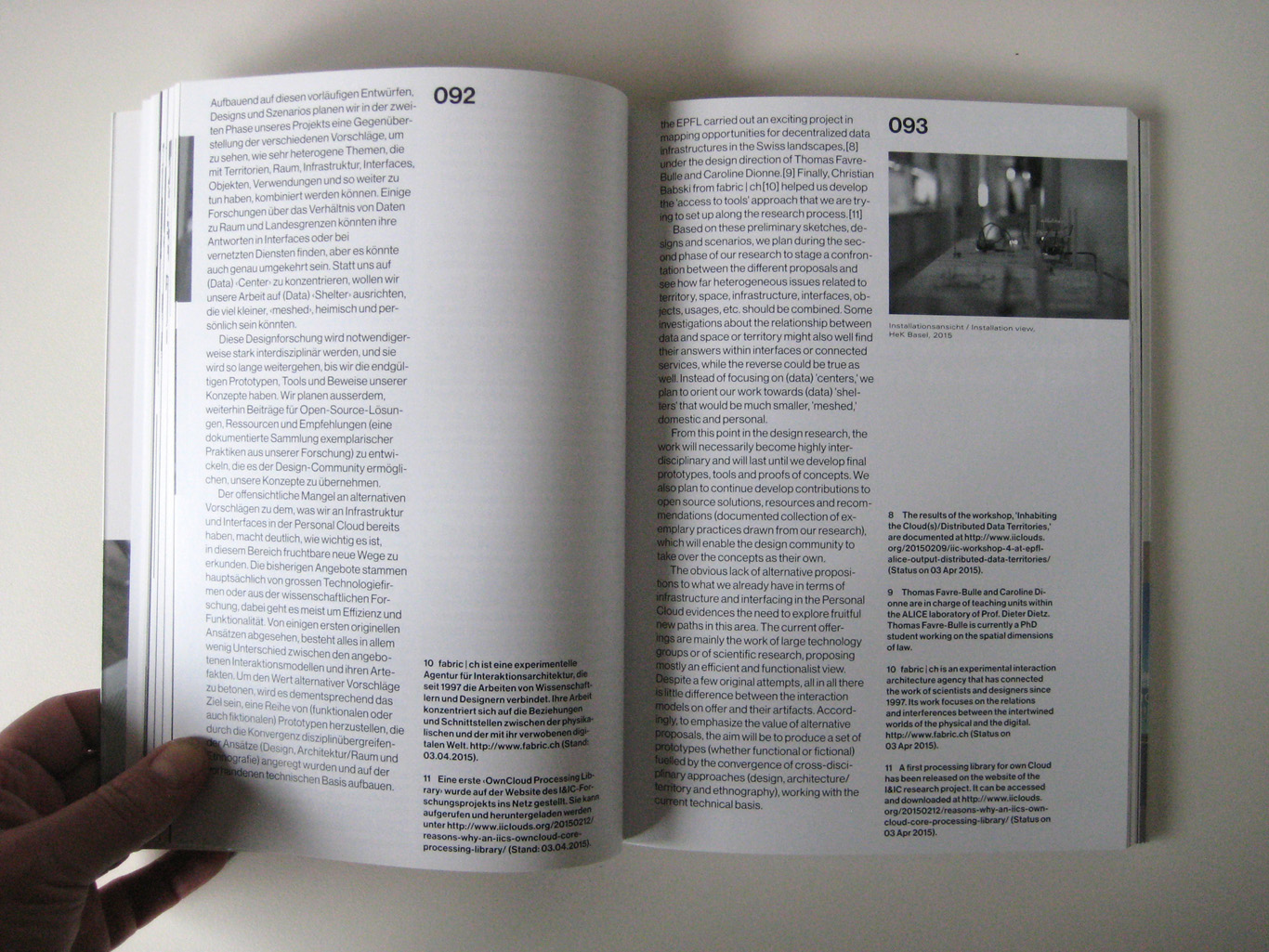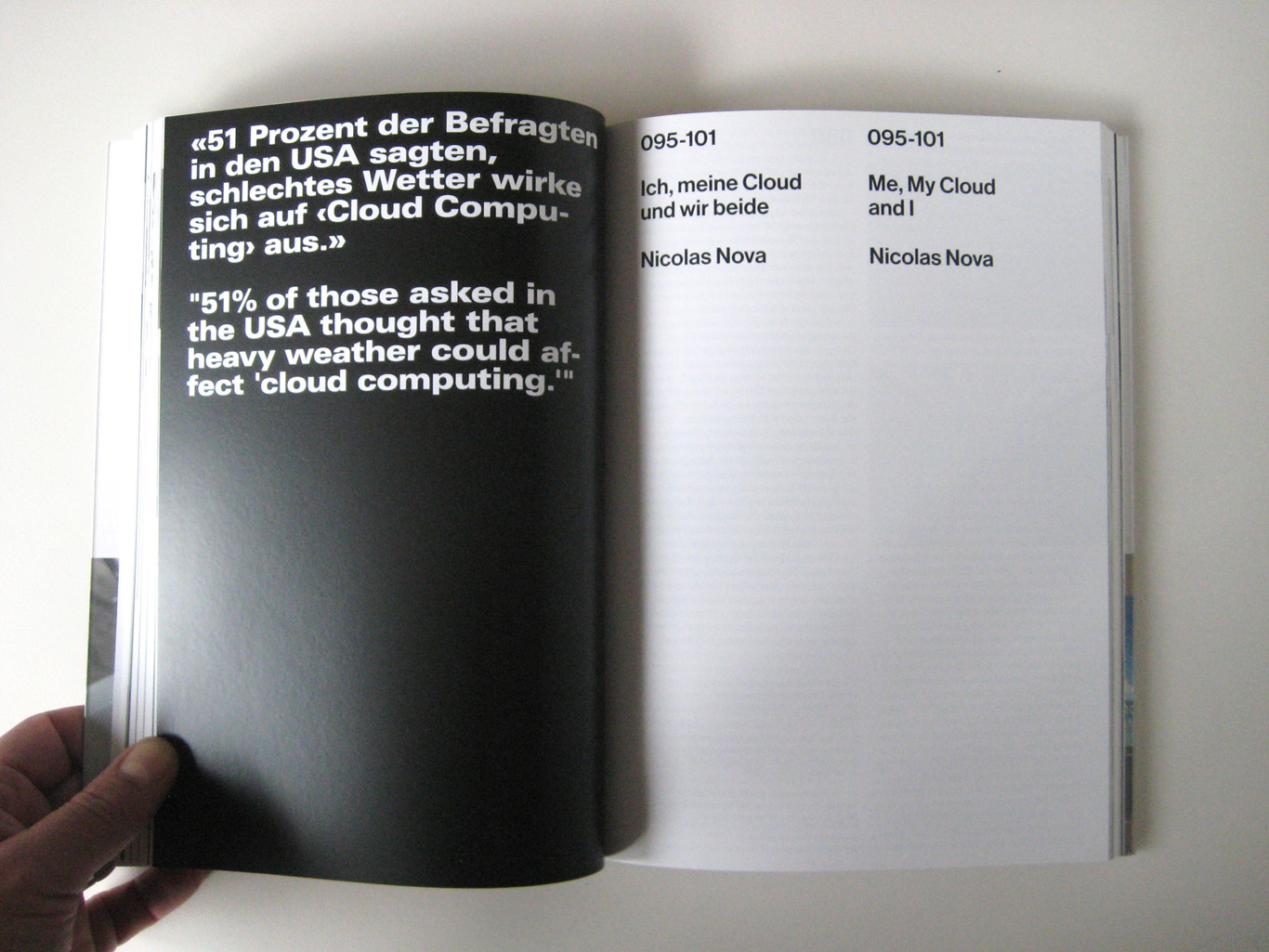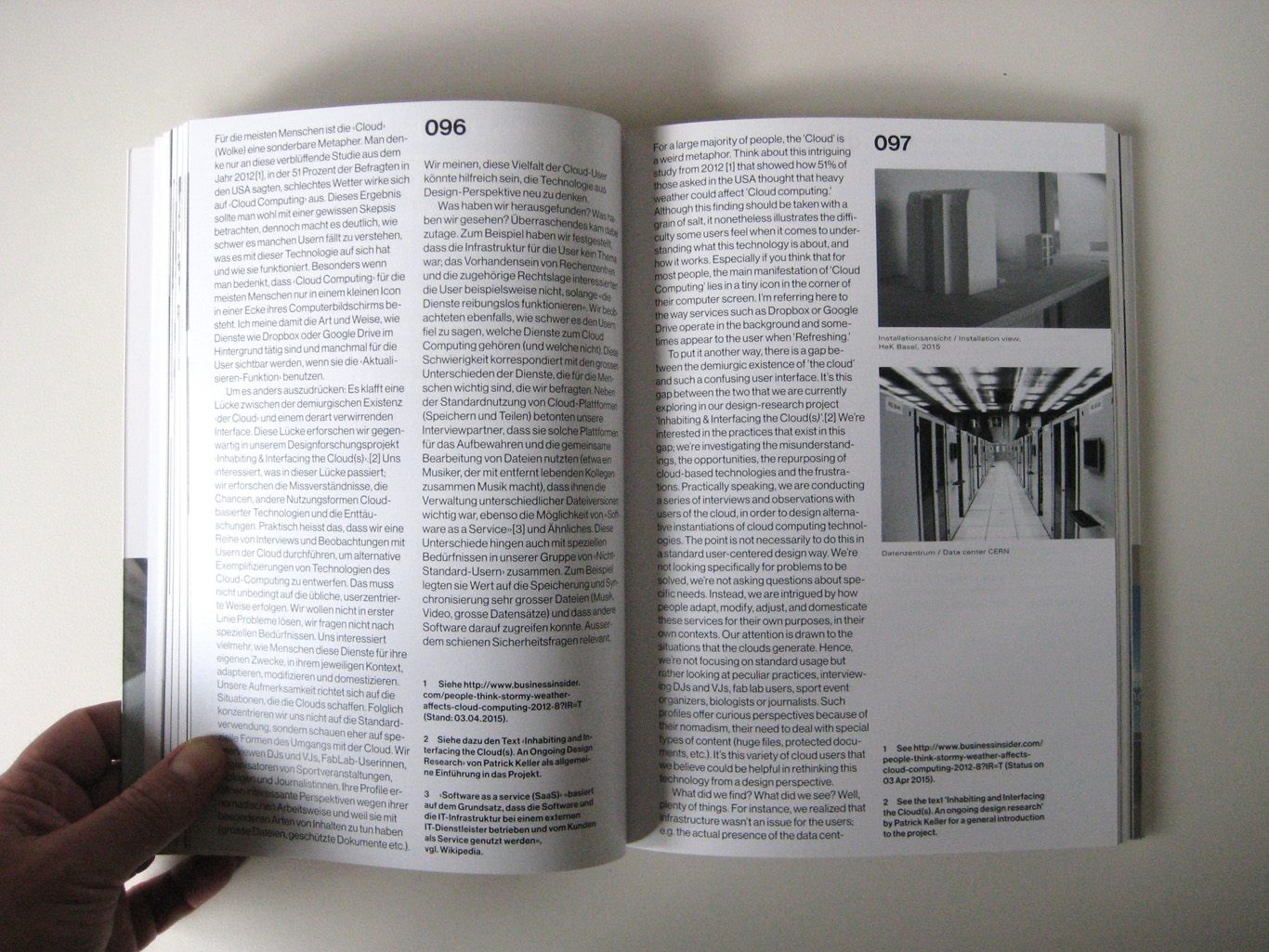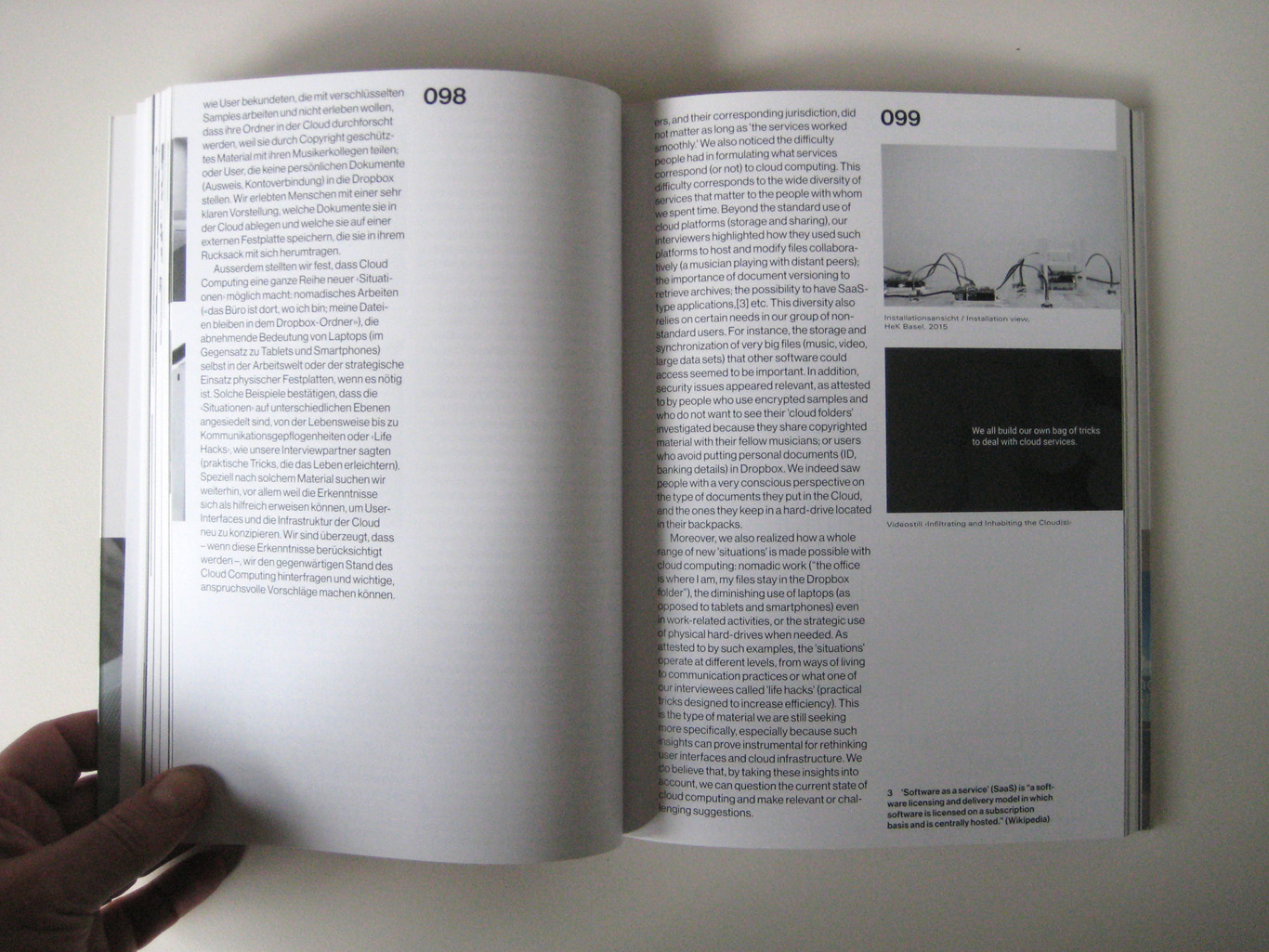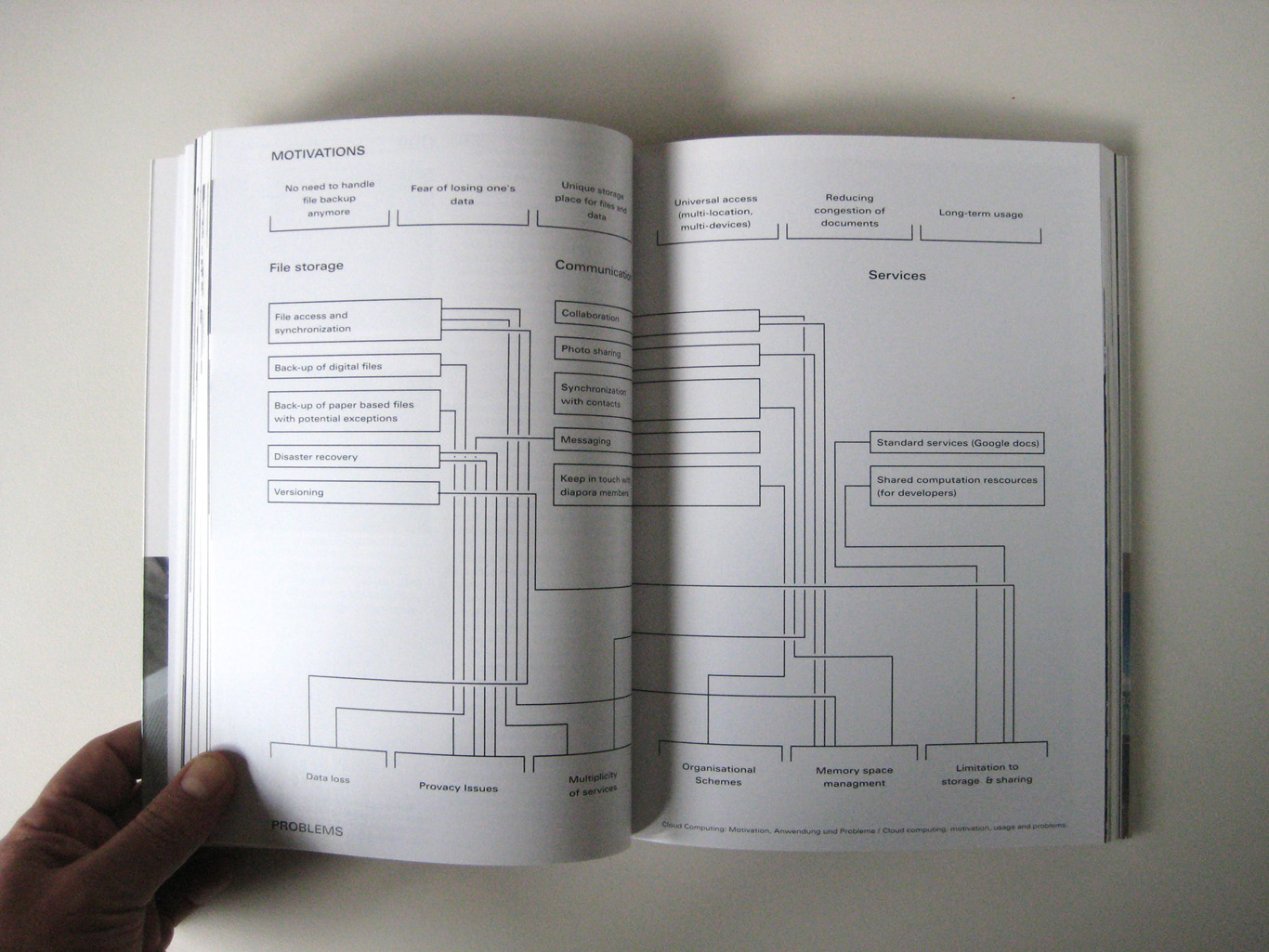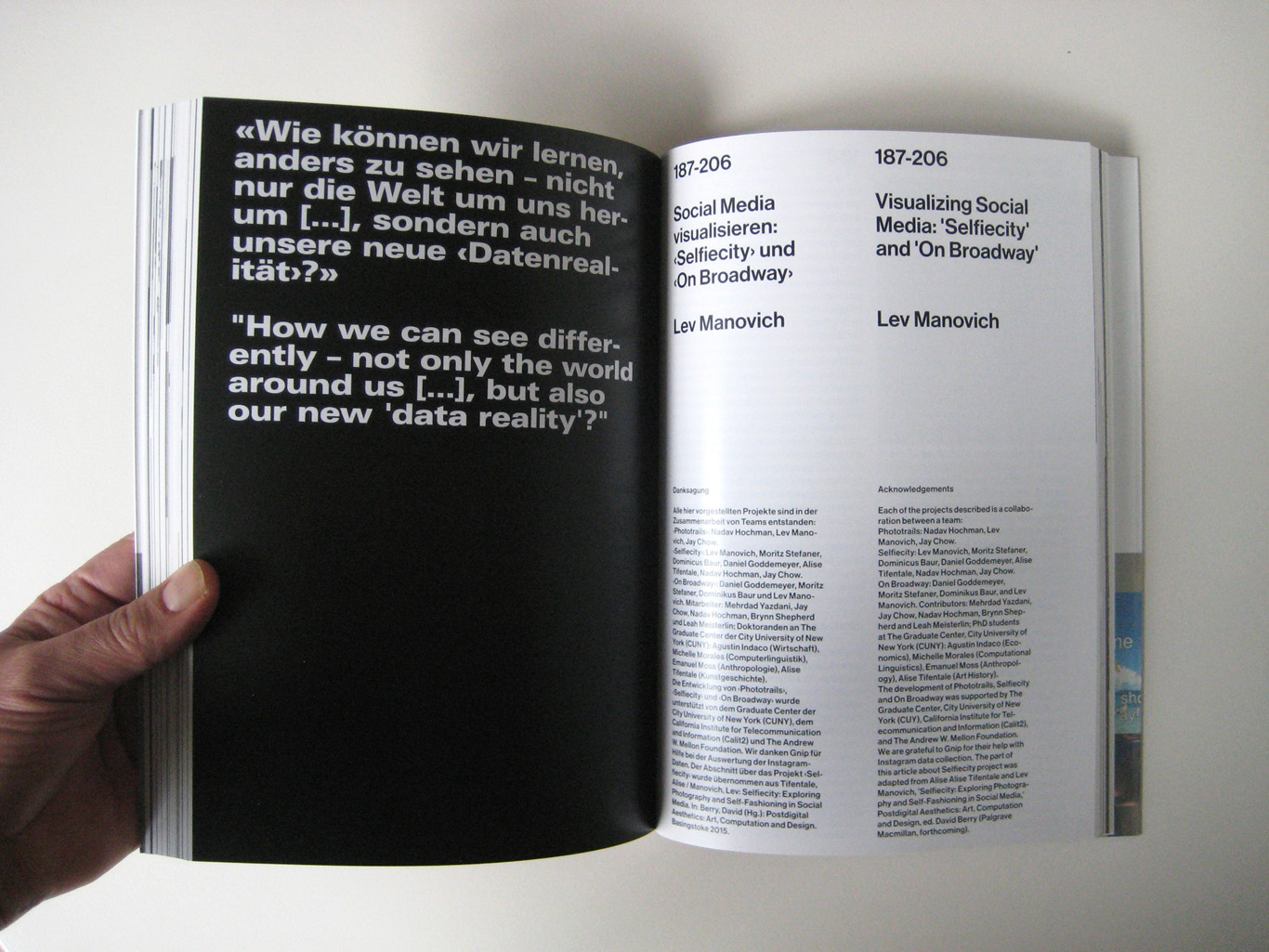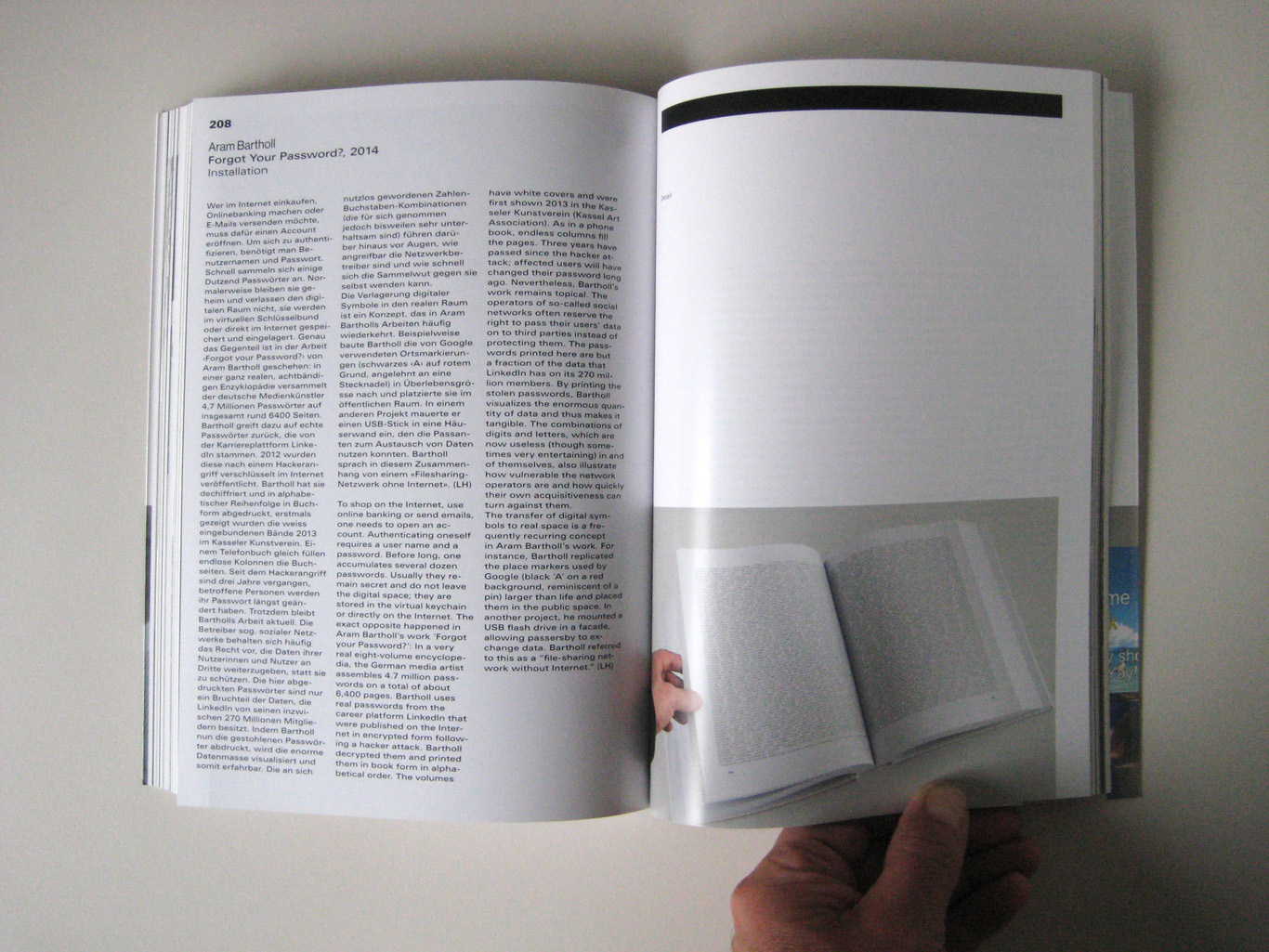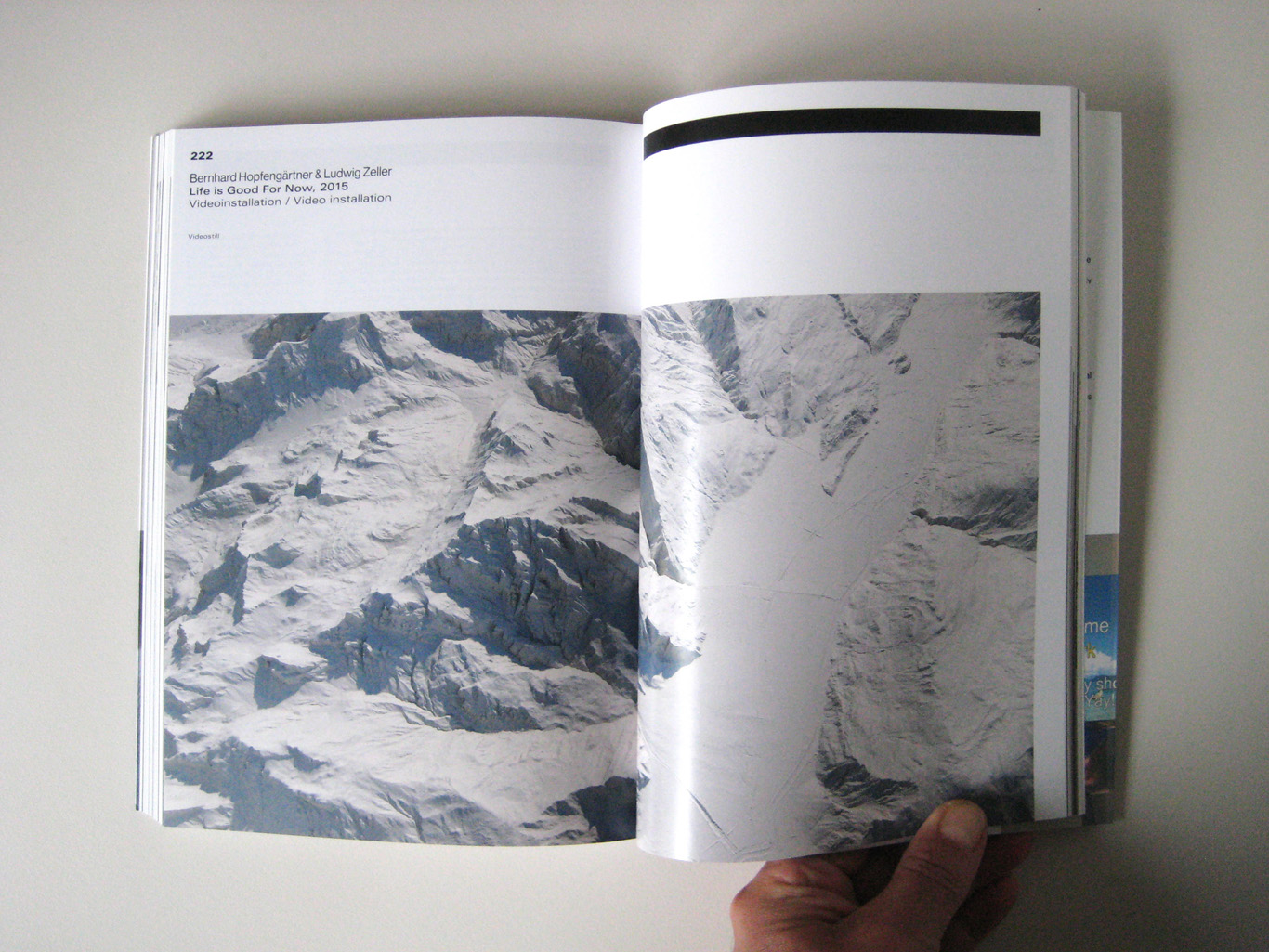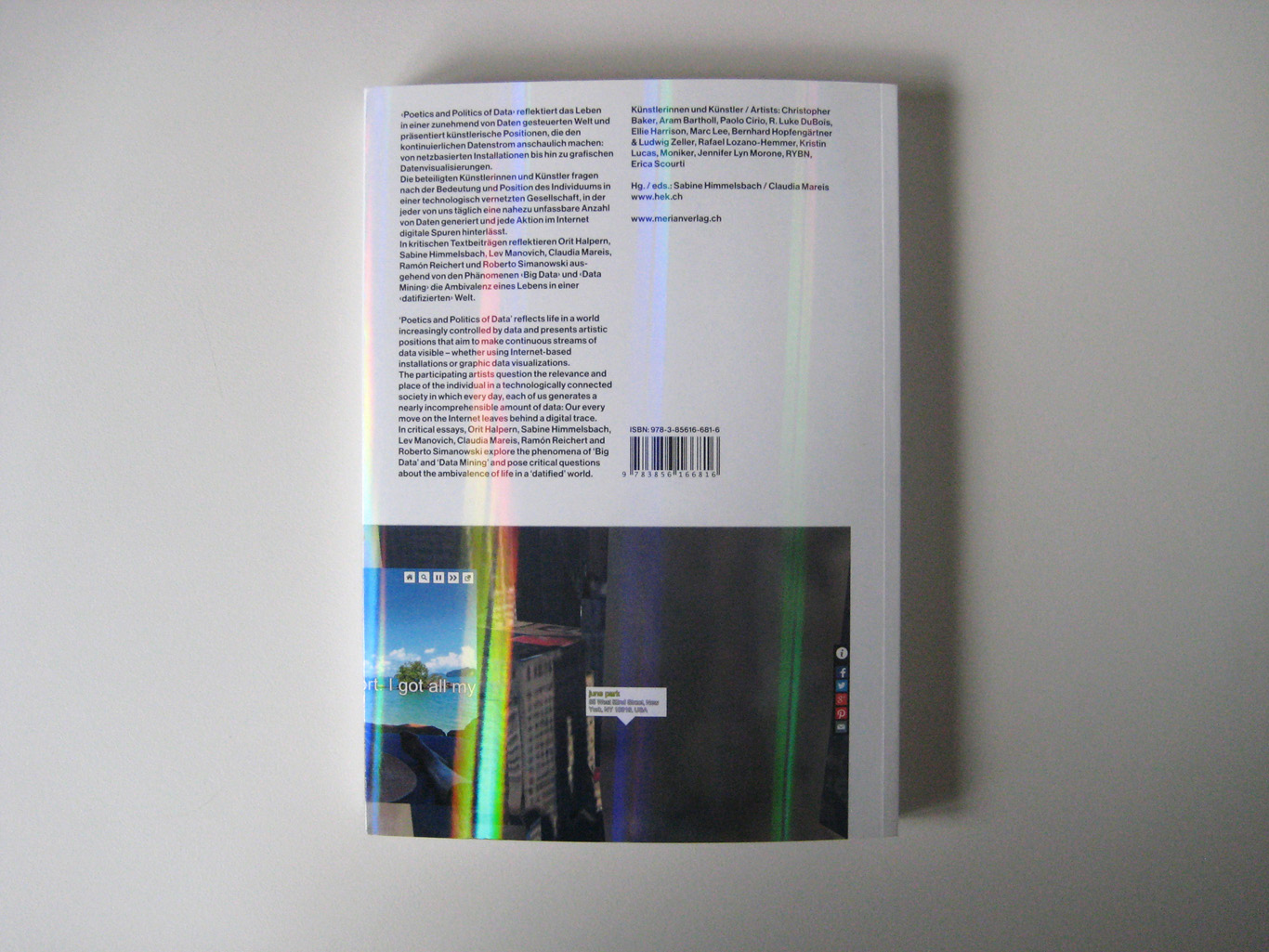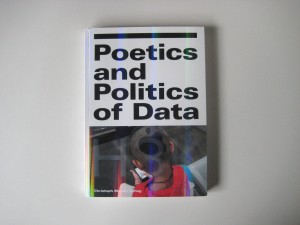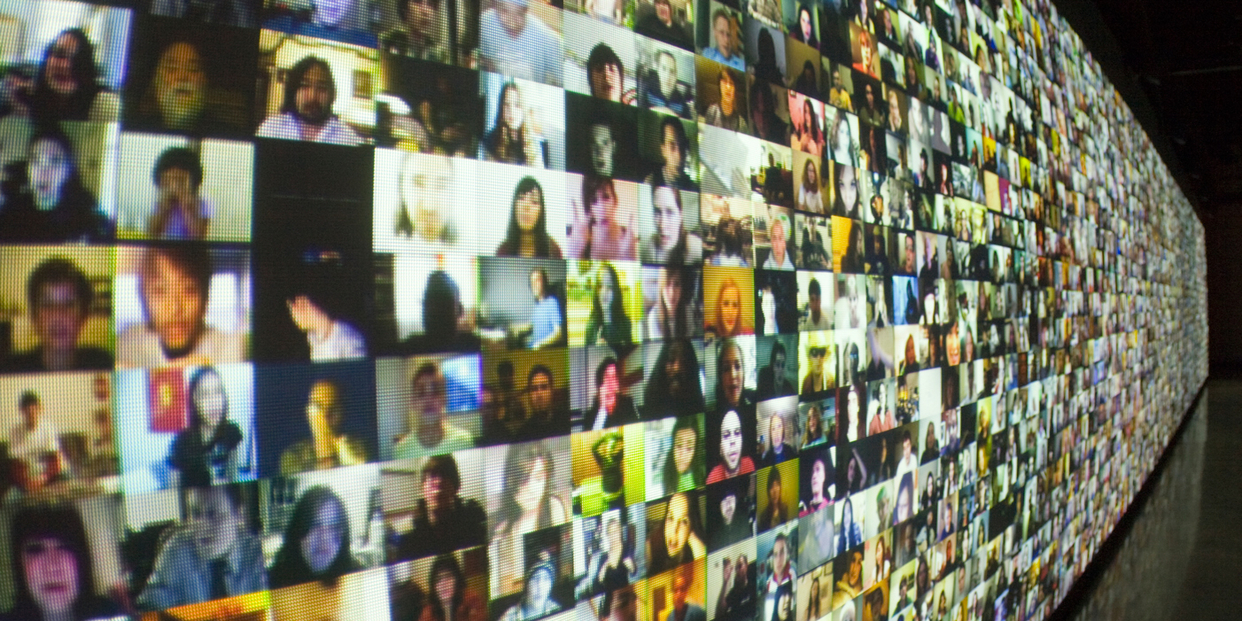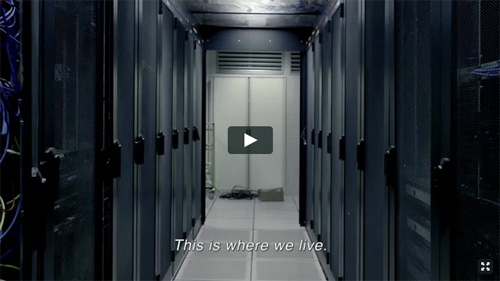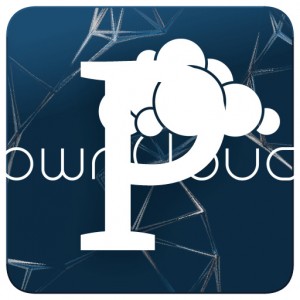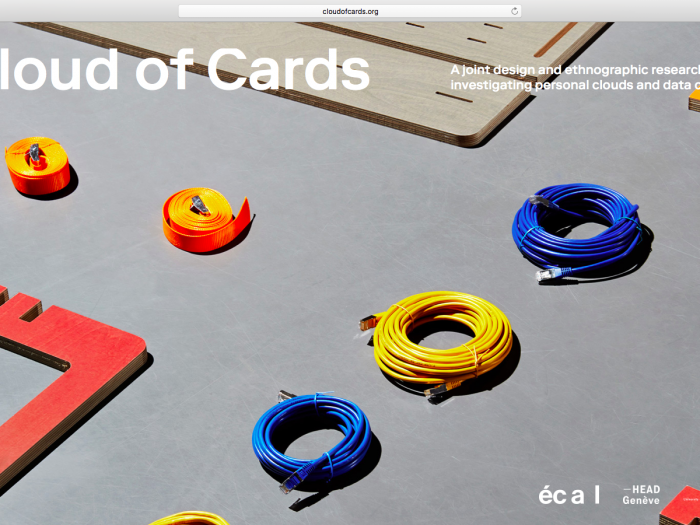Note: fabric | ch, one of our partner on this project, has developed an open source data sharing tool that tries to simplify the procedures of declaring/logging and sharing data (from “connected sensor things”, mainly). This is Datadroppers. The service is somehow similar, yet slightly more versatile than the now vanished Pachube, or the contemporary, but proprietary, Dweet.io (that we’ve already mentioned in the resources section of this blog).
One of the interesting points in this case is that the new web service has been created by designers/coders that are themselves in need of such data service for their own work, promising in some ways that it won’t be commodified.
The other interesting point is the fact that they are formally involved in this design research project as well (through Christian Babski, developer), which should help us match the functions of Datadroppers with OwnCloud: through the use of the documented OwnCloud Core Processing Library and the one of Datadroppers, new paradigms and artifacts in file/data sharing and cloud operations could be envisioned, implemented and tested.
But moreover and mainly, projects made by the design community could be developed that will take advantages of the open resources of Processing (later on, Javascipt as well), OwnCloud and these libraries. Designing tools remains one of the goals of this design research project. Designing artifacts that will use these (improved) tools will be the work of the coming year in our design research…
Via fabric | rblg, via datadroppers.org
—–
